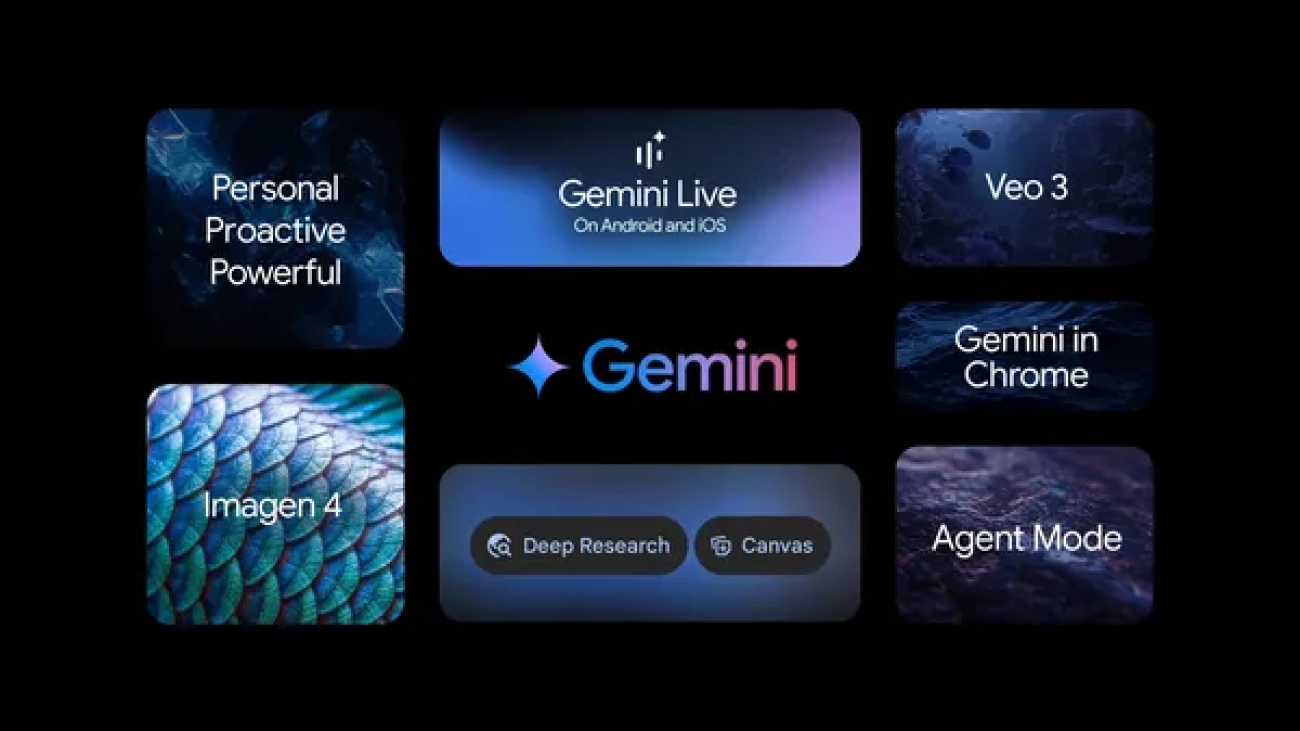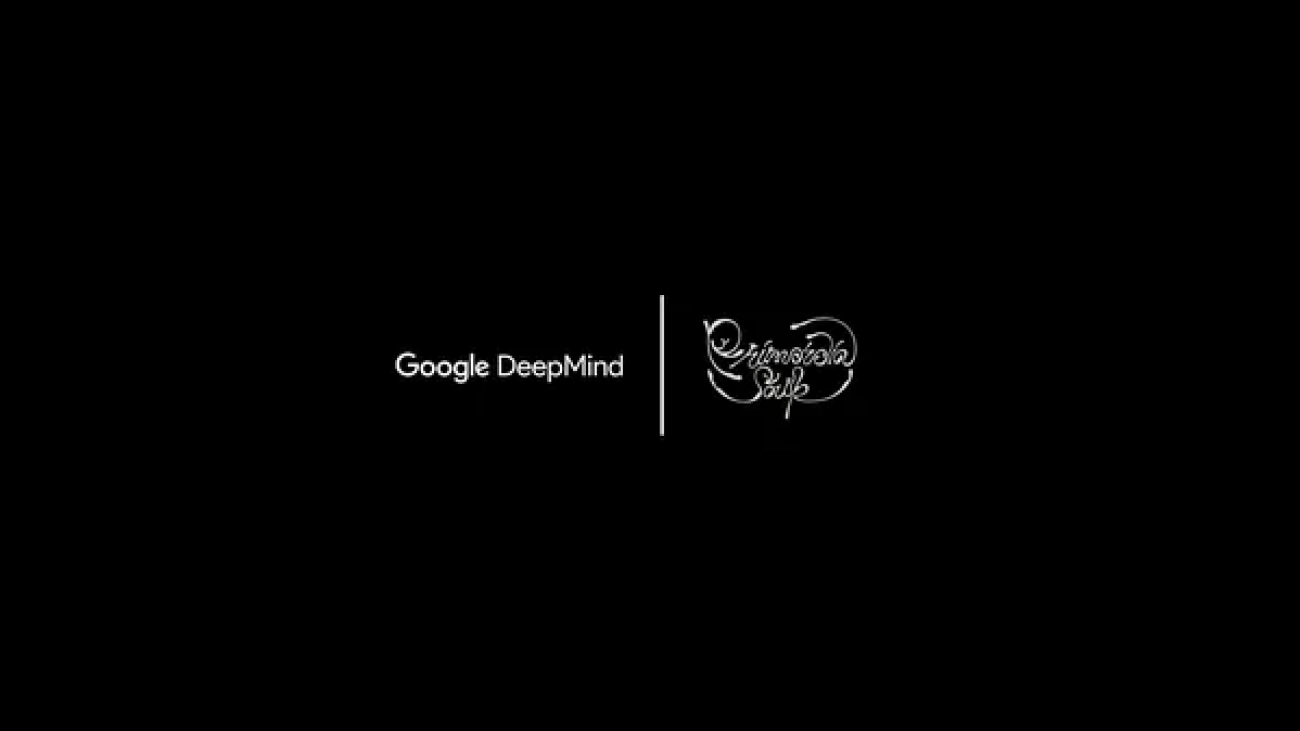 Learn more about the biggest announcements and launches from Google’s 2025 I/O developer conference.Read More
Learn more about the biggest announcements and launches from Google’s 2025 I/O developer conference.Read More
Understand all the I/O news with NotebookLM.
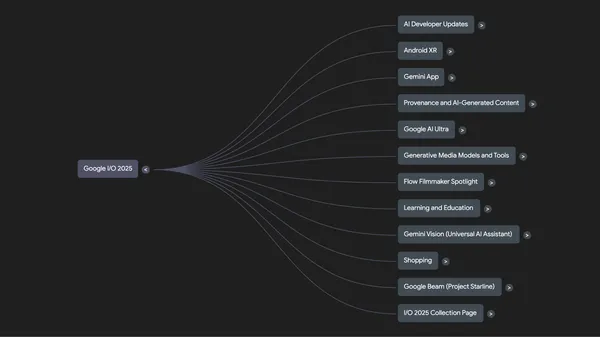 Google I/O 2025 was full of tons of announcements, lots of launches and plenty of demos! And if you just can’t get enough of all things I/O, you can dive deeper into the…Read More
Google I/O 2025 was full of tons of announcements, lots of launches and plenty of demos! And if you just can’t get enough of all things I/O, you can dive deeper into the…Read More
Fuel your creativity with new generative media models and tools
 From Imagen 4 and Veo 3 to Flow, try these new generative media tools today.Read More
From Imagen 4 and Veo 3 to Flow, try these new generative media tools today.Read More
Gemini 2.5: Our most intelligent models are getting even better
 At I/O 2025, we shared updates to our Gemini 2.5 model series and Deep Think, an experimental enhanced reasoning mode for 2.5 Pro.Read More
At I/O 2025, we shared updates to our Gemini 2.5 model series and Deep Think, an experimental enhanced reasoning mode for 2.5 Pro.Read More
Gemini gets more personal, proactive and powerful
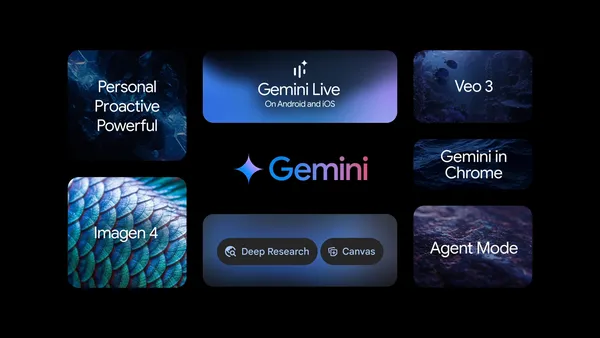 The Gemini app is getting major new updates, from Veo 3 and Imagen 4 to Deep Research and Canvas.Read More
The Gemini app is getting major new updates, from Veo 3 and Imagen 4 to Deep Research and Canvas.Read More
Darren Aronofky’s Primordial Soup and Google DeepMind are partnering to explore AI’s role in storytelling.
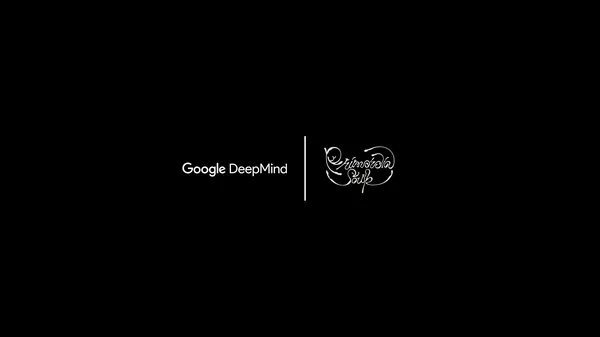 Today, we’re announcing a partnership between Google DeepMind and Primordial Soup, a new venture dedicated to storytelling innovation founded by pioneering director Darr…Read More
Today, we’re announcing a partnership between Google DeepMind and Primordial Soup, a new venture dedicated to storytelling innovation founded by pioneering director Darr…Read More
Our vision for building a universal AI assistant
 At Google I/O, we discussed how we’re extending Gemini to become a world model.Read More
At Google I/O, we discussed how we’re extending Gemini to become a world model.Read More
Google I/O 2025: From research to reality
 At our annual developer conference, we announced how we’re making AI even more helpful with Gemini.Read More
At our annual developer conference, we announced how we’re making AI even more helpful with Gemini.Read More
AI in Search: Going beyond information to intelligence
 Today at I/O, we showed how we’re enhancing Search with our latest Gemini models via AI Mode.Read More
Today at I/O, we showed how we’re enhancing Search with our latest Gemini models via AI Mode.Read More


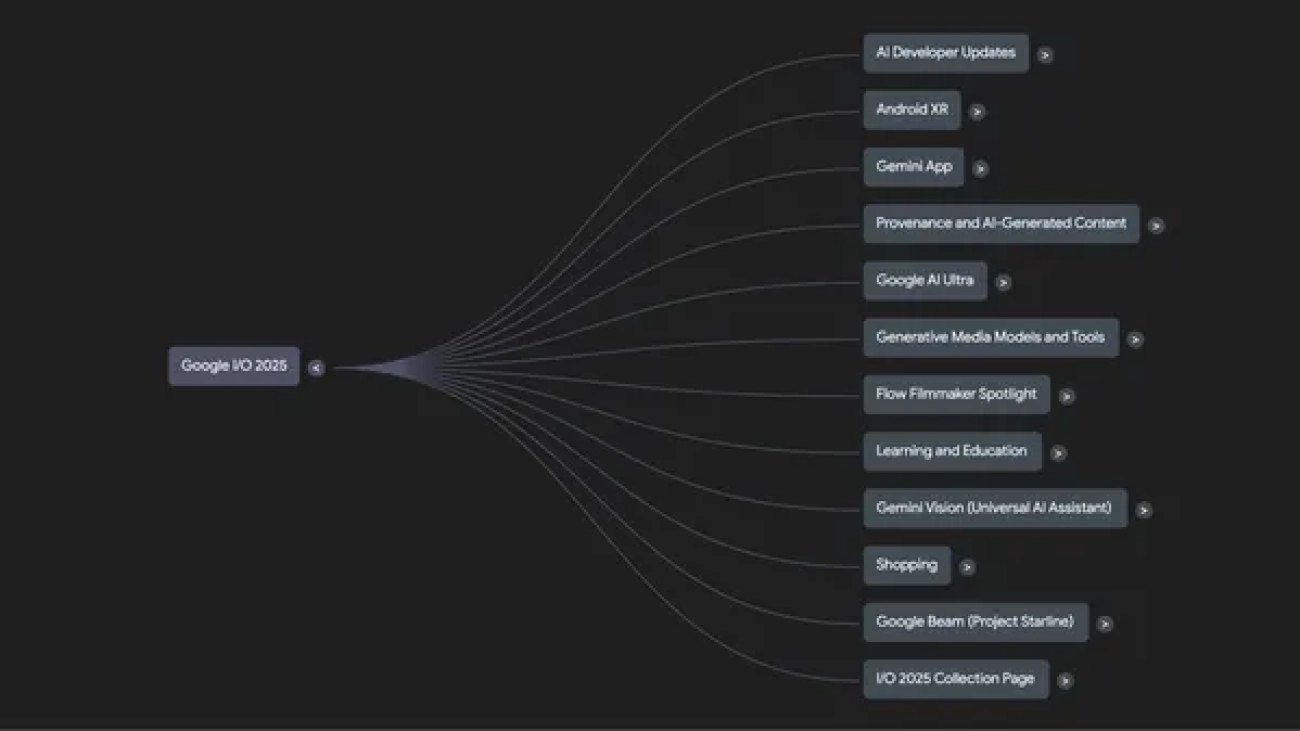
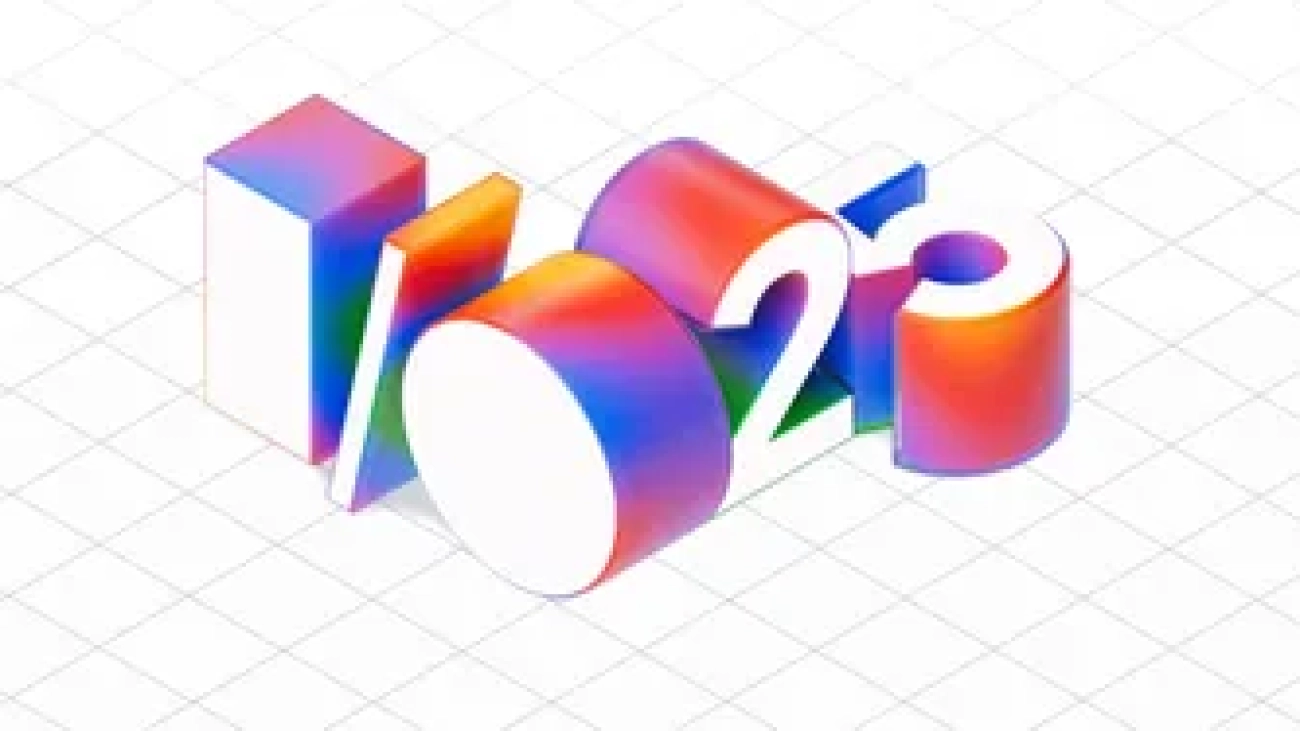
 We’re doing cutting-edge research to build the most helpful AI that’s more intelligent, agentic and personalized.
We’re doing cutting-edge research to build the most helpful AI that’s more intelligent, agentic and personalized.

